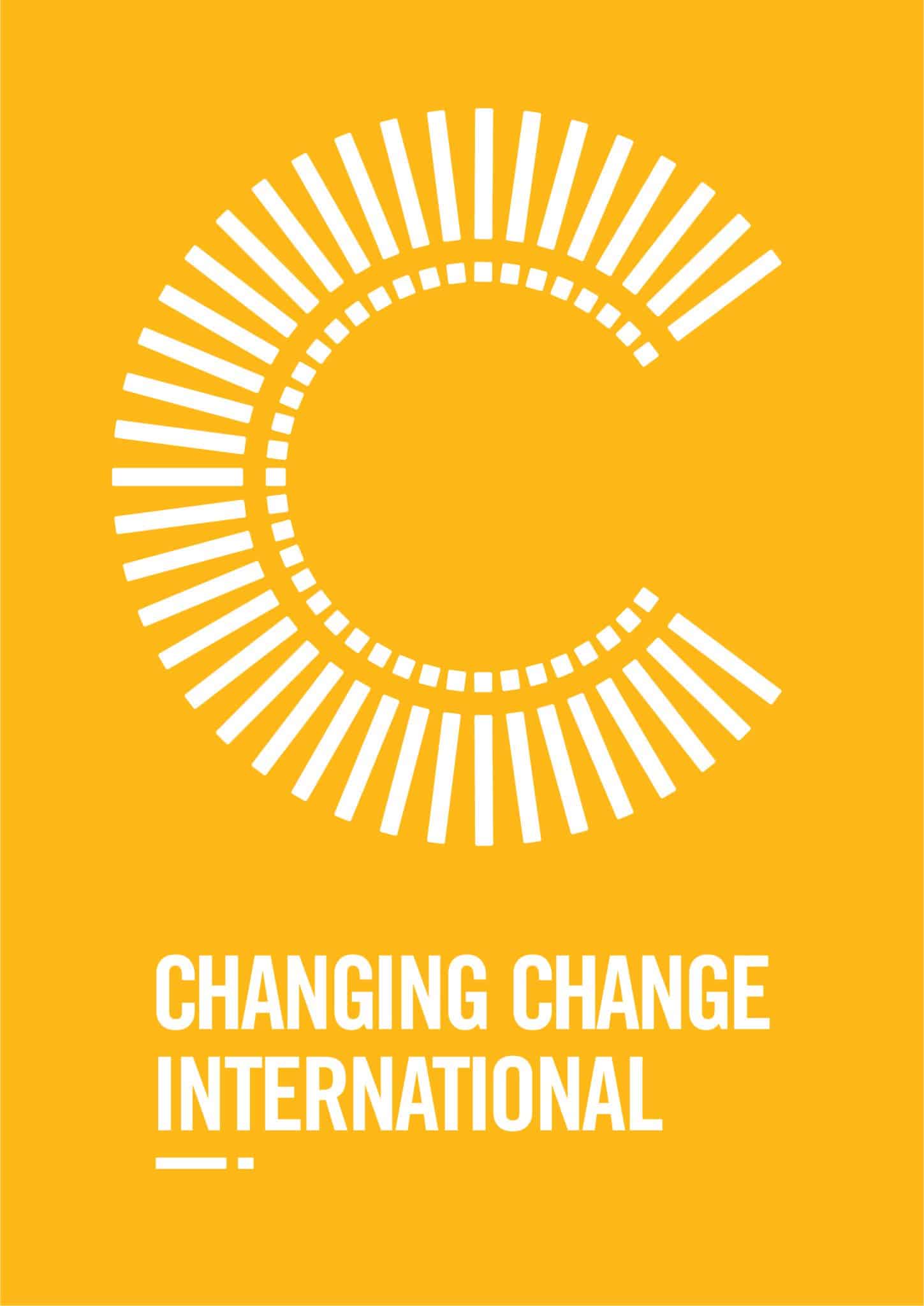WHY YOU’RE PROBABLY NOT AN INCLUSIVE LEADER – YET
And what to do about it

WHY YOU’RE PROBABLY NOT AN INCLUSIVE LEADER – YET
And what to do about it
MOST LEADERS BELIEVE THEY’RE INCLUSIVE
Most leaders believe they’re inclusive, but according to research, most of us tend to overestimate our inclusivity.
In fact, Deloitte’s Juliet Bourke found that while 80% of leaders rate themselves as inclusive, only 36% of their team members agree.
The gap isn’t just perception – it’s performance. Inclusive leadership isn’t just a “nice to have.” It’s a strategic imperative.
Simply throwing a mix of people together doesn’t guarantee high performance. It requires inclusive leadership – leadership that assures all team members feel they are treated respectfully and fairly, are valued and sense that they belong, and are confident and inspired. Juliet Bourke & Andrea Espedido, Deloitte Australia “What the Research Tells Us”
Bourke and her team analysed 3,500 employee ratings of 450 leaders across a range of sectors. The findings are compelling: Teams led by inclusive leaders are:
- 17% more likely to report high performance
- 20% more likely to say they make high-quality decisions
- 29% more likely to report behaving collaboratively
Even a modest 10% increase in feelings of inclusion can lead to measurable reductions in absenteeism and disengagement.
As McKinsey’s Diversity Wins report also confirmed, the most diverse companies are now more likely than ever to outperform their less diverse peers on profitability.
The Six Traits of Inclusive Leaders
Bourke’s research identifies six consistent behaviours that distinguish inclusive leaders. These traits are observable, measurable, and learnable.
Visible commitment
Inclusive leaders don’t just support diversity behind the scenes. They talk about it, champion it, and challenge the status quo—even when it’s uncomfortable.
Humility
They admit what they don’t know. They acknowledge their mistakes. And they create space for others to contribute meaningfully.
Awareness of bias
They actively seek to identify and mitigate personal and systemic bias. They know awareness isn’t enough—it’s the first step to equity.
Curiosity
They ask questions, listen deeply, and engage across differences. They understand that curiosity is a leadership superpower.
Cultural intelligence
They are attuned to cultural context and respectful of difference. They adapt without losing authenticity.
Effective collaboration
They foster psychological safety and invite diverse thinking. They ensure that collaboration isn’t conformity – it’s contribution.
From Intention to Impact
So, how can HR leaders and executives translate these traits into everyday leadership?
Know your shadow
Self-perception is not enough. Use 360-degree feedback or employee surveys to understand how inclusive you are perceived to be.
Be deliberate about difference
Diverse perspectives won’t always walk through the door unprompted. Seek them out. Invite challenge. Reward dissent.
Make purpose personal
Share why inclusion matters to you, and how it connects to the work you lead – storytelling and transparency matter.
Check your impact
Ask: Who seeks you out for support? Who gets visibility in your team? Whose voice is missing from the room – and why?
The Real Work of Inclusion
Being an inclusive leader isn’t about getting it right all the time. It’s about committing to the work, especially when it’s uncomfortable. It’s about building trust through transparency and treating inclusion as a core capability, not an HR initiative.
Diversity is being invited to the party. Inclusion is being asked to dance. Belonging is being able to dance like no one’s watching. Vernā Myers, VP of Inclusion Strategy, Netflix
Inclusive leadership isn’t a nice-to-have add-on. It’s a risk mitigation strategy, a performance multiplier, and a requirement for attracting and retaining diverse, high-performing talent in 2025 and beyond.
So the real question isn’t “Am I inclusive?” It’s “How would my team answer that?”
—
JULIET BOURKE was a #CULTURE19 Conversation Leader

